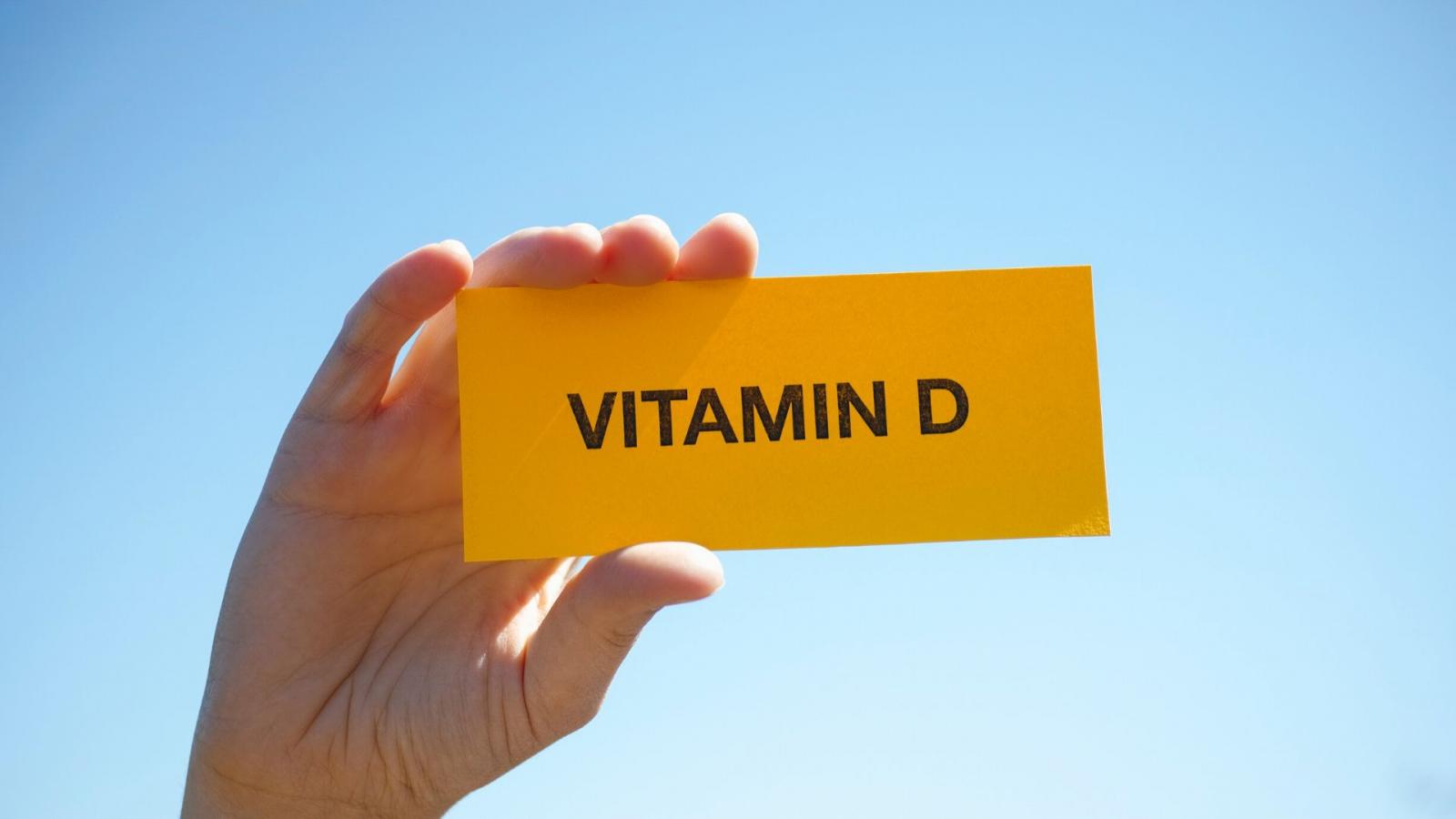Contents
Overview of Vitamin D3
- Vitamin D3 supplementation has been tentatively found to lead to a reduced risk of death in the elderly, but the effect has not been deemed pronounced, or certain enough, to make taking supplements recommendable. Other forms (vitamin D2, alfacalcidol, and calcitriol) do not appear to have any beneficial effects with regard to the risk of death. High blood levels appear to be associated with a lower risk of death, but it is unclear if supplementation can result in this benefit. Both an excess and a deficiency in vitamin D appear to cause abnormal functioning and premature aging. The relationship between serum calcifediol concentrations and all-cause mortality is “U-shaped”: mortality is elevated at high and low calcifediol levels, relative to moderate levels.
- Vitamin D3 maintains healthy levels of calcium in the blood and increases calcium absorption from the digestive tract; we now know that vitamin K2 works in concert with vitamin D3 to keep calcium in bones and out of soft tissues like the heart, joints, and kidneys.Know your vitamin D level!Vitamin D can be easily and accurately measured in the blood.
- Vitamin D3 (cholecalciferol) is produced industrially by exposing 7-dehydrocholesterol to UVB light, followed by purification. The 7-dehydrocholesterol is a natural substance in fish organs, especially the liver, or in wool grease (lanolin) from sheep.
- Vitamin D3 only appeared to help maintain the proportion of anti-inflammatory CD4+ T cells — which decreased in patients given placebo — but failed to enhance their reactivity when stimulated with 1.25-dihydroxyvitamin D in vitro (157).
- Vitamin D3 is the naturally occurring form and originates from dermal synthesis where 7-dehydrocholesterol, a precursor of cholesterol, is converted into pre-vitamin D3 under ultraviolet UV-B radiation, followed by thermal isomerization to vitamin D3.
- Vitamin D3 is more effective at raising and maintaining the vitamin D blood test (again, D2 binds less tightly to the vitamin D receptors in the body; therefore, D2 does not circulate as long in the body, which means it has a shorter half-life).
- Vitamin D3 plays a role in modulating the inflammatory processes in the gut, which is why, according to Machemehl-Helmly, those with inflammatory bowel diseases such as irritable bowel syndrome tend to have lower levels of vitamin D3.
- Vitamin D3 is primarily made by the body itself in the exposure of sunlight, besides that the other sources of vitamin D3 are fatty fishes like salmon, tuna, mackerel, cod liver oil, fortified milk, eggs, bread and cereals.
- Vitamin D3 was found to the surface active (CMC=8 × 10−9M) and using the hydraulic permeability data it was shown to generate a liquid membrane, which completely covered the supporting membrane at its CMC .
- Vitamin D3 product forms for feed include stabilized gelatin beadlets (with vitamin A), oil dilutions, oil absorbates, emulsions, and spray- and drum-dried powders.
Deficiency
Diabetes – A systematic review of 2014 concluded that the available studies show no evidence of vitamin D3 supplementation having an effect on glucose homeostasis or diabetes prevention. A review article of 2016 reported that while there is increasing evidence that vitamin D deficiency may be a risk factor for diabetes, over-all evidence regarding vitamin D levels and diabetes mellitus is contradictory, requiring further studies.
Side Effects
Nevertheless, the common types of vitamin D3 side effects are; Vitamin D3 side effects are pretty rare phenomena.
Sources
Fatty fish such as salmon, tuna, and sardines as well as eggs and shiitake mushrooms are other dietary sources of vitamin D3, but it’s important to note that the metabolism of vitamin D3 from our foods may be dependent on adequate iron status, says Texas nutrition expert Pam Machemehl-Helmly, founder and chief science officer of Wellnicity. Test your blood levels for vitamin D and iron to know your status.
Toxicity
Dr. Holick’s work has revealed that there is no evidence of vitamin D toxicity when taking 10,000 IUs of vitamin D3 daily for six months, even with blood levels of 200 ng/ml. Holick’s work was initially pooh-poohed, and even vilified by colleagues—he was forced to step down from his position as professor of dermatology at BU for advocating for daily exposure to sunlight (he has since been reinstated). The importance of vitamin D was underscored by groundbreaking research done by Boston University Medical Center’s Michael Holick, M.D., Ph.D..
History of Vitamin D3
- In 1935, the chemical structure of vitamin D3 was established and proven to result from the ultraviolet irradiation of 7-dehydrocholesterol.
- In 2016 in the United States, the Food and Drug Administration (FDA) amended food additive regulations for milk fortification, stating that vitamin D3 levels not exceed 42 IU vitamin D per 100 g (400 IU per US quart) of dairy milk, 84 IU of vitamin D2 per 100 g (800 IU per quart) of plant milks, and 89 IU per 100 g (800 IU per quart) in plant-based yogurts or in soy beverage products. Plant milks are defined as beverages made from soy, almond, rice, among other plant sources intended as alternatives to dairy milk.

